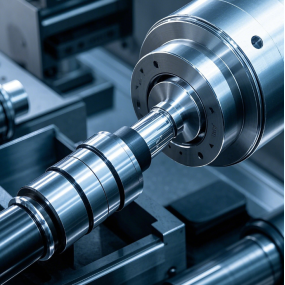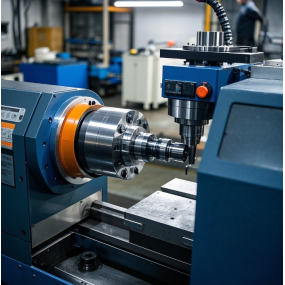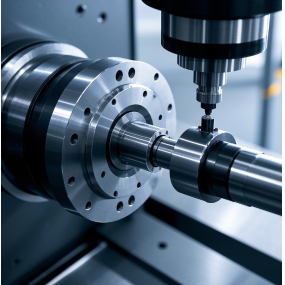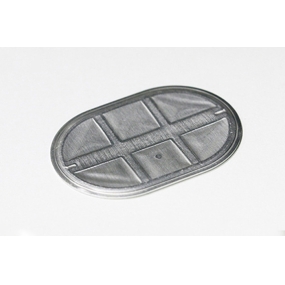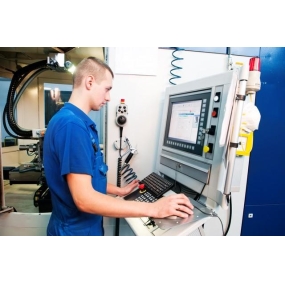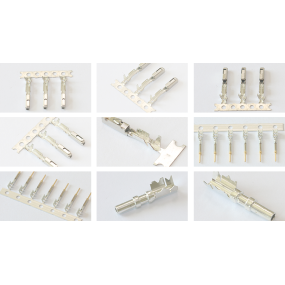In the manufacturing industry, customization of non-standard parts has become an important means to meet diverse and personalized needs. Faced with the customer demand of "small batch, high precision", companies need to adopt a series of strategies to ensure product quality and delivery time.
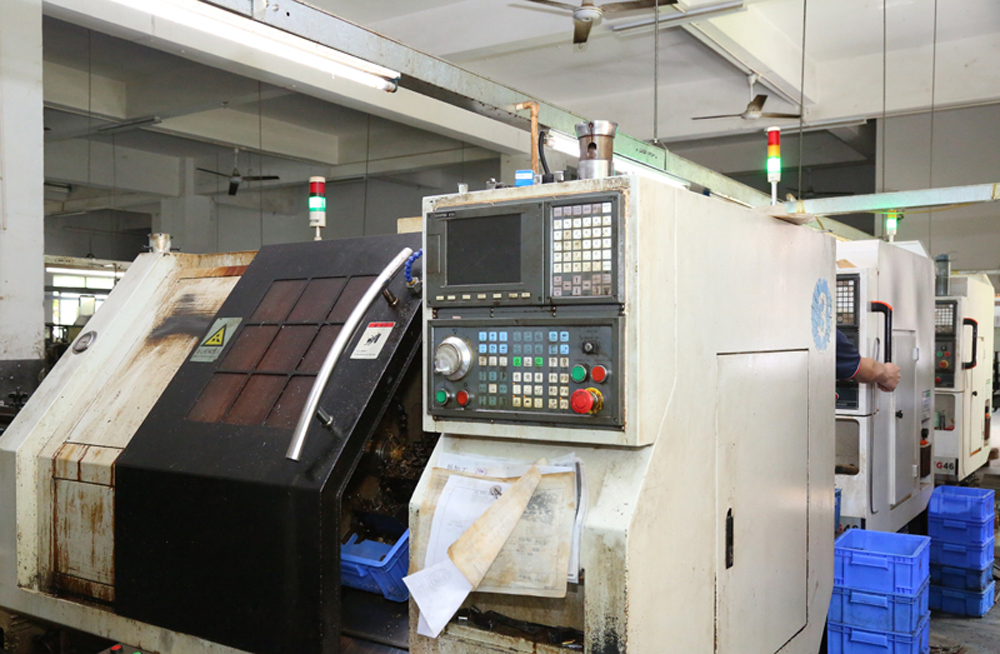 First of all, accurate design and planning are the foundation. Using advanced Computer-Aided Design (CAD) technology, companies can communicate with customers in depth, clarify the use environment and functional characteristics of parts, etc., to build detailed 3D models. By optimizing the design, not only can the accuracy of parts be improved, but also material waste can be reduced while meeting performance requirements.
First of all, accurate design and planning are the foundation. Using advanced Computer-Aided Design (CAD) technology, companies can communicate with customers in depth, clarify the use environment and functional characteristics of parts, etc., to build detailed 3D models. By optimizing the design, not only can the accuracy of parts be improved, but also material waste can be reduced while meeting performance requirements.
Secondly, advanced processing equipment and technology is the key. For high-precision requirements, enterprises should choose high-precision processing equipment such as numerical control machine tools and laser cutting machines, which can achieve micron-level precision control. At the same time, the use of advanced processes such as precision casting, precision forging, and precision grinding can further improve the accuracy and surface quality of parts.
In terms of material selection, suitable metal materials, such as high-temperature alloys and high-strength alloys, are selected according to the special performance requirements of the parts. In addition, special treatment such as heat treatment of the material can further improve its strength, hardness and toughness, thus meeting the needs of high-precision parts.
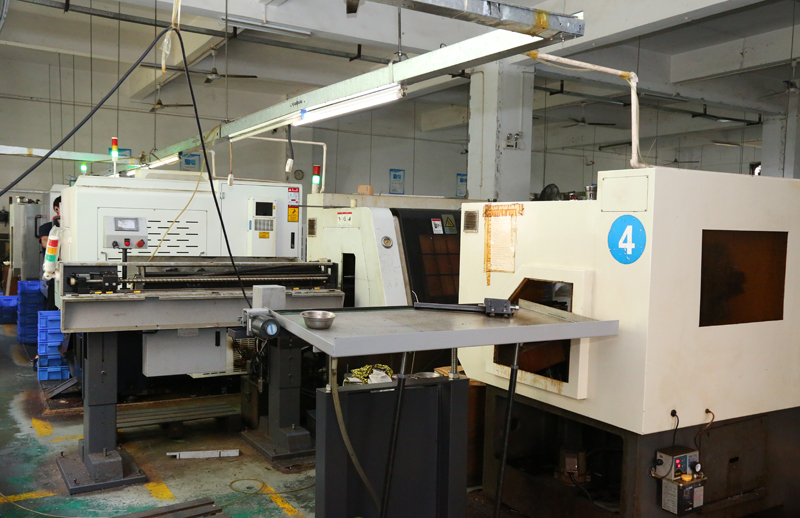 Finally, a strict quality control system is a guarantee. During the machining process, enterprises should set up multiple quality inspection links, using high-precision testing equipment such as coordinate measuring machines and hardness testers to monitor the dimensional accuracy, shape error, hardness and other indicators of parts in real time. Once deviations are found, adjust the processing parameters or take remedial measures in time to ensure that each part meets the design requirements and Quality Standards.
Finally, a strict quality control system is a guarantee. During the machining process, enterprises should set up multiple quality inspection links, using high-precision testing equipment such as coordinate measuring machines and hardness testers to monitor the dimensional accuracy, shape error, hardness and other indicators of parts in real time. Once deviations are found, adjust the processing parameters or take remedial measures in time to ensure that each part meets the design requirements and Quality Standards.
Through accurate design planning, advanced processing equipment and technology, reasonable material selection, and strict quality control system, non-standard parts customization enterprises can effectively meet the needs of "small batch, high precision" customers, providing strong support for the innovative development of the manufacturing industry.


 Spanish
Spanish Arabic
Arabic Spanish Basque
Spanish Basque Portuguese
Portuguese Belarusian
Belarusian Japanese
Japanese Russian
Russian Icelandic
Icelandic Bulgarian
Bulgarian Azerbaijani
Azerbaijani Estonian
Estonian Irish
Irish Polish
Polish Persian
Persian Boolean
Boolean Danish
Danish German
German French
French Filipino
Filipino Finnish
Finnish Korean
Korean Dutch
Dutch Galician
Galician Catalan
Catalan Czech
Czech Croatian
Croatian Latin
Latin Latvian
Latvian Romanian
Romanian Maltese
Maltese Malay
Malay Macedonian
Macedonian Norwegian
Norwegian Swedish
Swedish Serbian
Serbian Slovak
Slovak Slovenian
Slovenian Swahili
Swahili Thai
Thai Turkish
Turkish Welsh
Welsh Urdu
Urdu Ukrainian
Ukrainian Greek
Greek Hungarian
Hungarian Italian
Italian Yiddish
Yiddish Indonesian
Indonesian Vietnamese
Vietnamese 简体中文
简体中文 Haitian Creole
Haitian Creole

